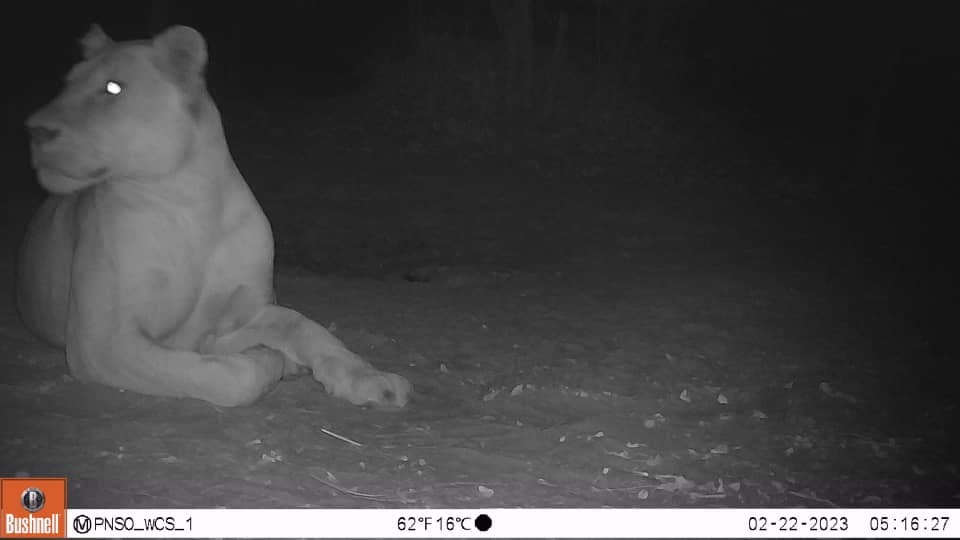A team of conservationists from the Government of Chad and the Wildlife Conservation Society (WCS) released a stunning image taken by a remote camera of a healthy female lion from Sena Oura National Park in Chad, where the big cats haven’t been seen in nearly two decades.
The image shows a muscular female lion the team describes as: “A beautiful lioness, in her prime and clearly in great health.”

According to an authoritative IUCN assessment of the lion’s status, they are technically extinct in Sena Oura, which is part of the larger Bouba N’djida-Sena Oura Landscape along the Cameroon/Chad border. The region saw a period of ruthless, organized poaching more than a decade ago, but has since benefitted from a very strong commitment to conservation by the governments of both Cameroon and Chad. This has produced better protection of the national parks and wildlife populations are now starting to recover.
Adjacent Bouba N’djida National Park in Cameroon supports lions which are now increasing and appear to be recolonizing parts of their former range including Sena Oura. WCS conservationists support park guards in the region by conducting on-the-ground wildlife surveys including by camera trapping.
Although lions are classified as overall Vulnerable on the IUCN Red List, lion populations in West and Central Africa are particularly small and fragmented and have declined an estimated 66 percent since the early 1990s; regionally, they are considered Critically Endangered. West and Central African lions are genetically distinct from the more robust East and Southern African populations, and their recovery is especially valuable.

WCS (Wildlife Conservation Society)
WCS saves wildlife and wild places worldwide through science, conservation action, education, and inspiring people to value nature. To achieve our mission, WCS, based at the Bronx Zoo, harnesses the power of its Global Conservation Program in nearly 60 nations and in all the world’s oceans and its five wildlife parks in New York City, visited by 4 million people annually. WCS combines its expertise in the field, zoos, and aquariums to achieve its conservation mission
